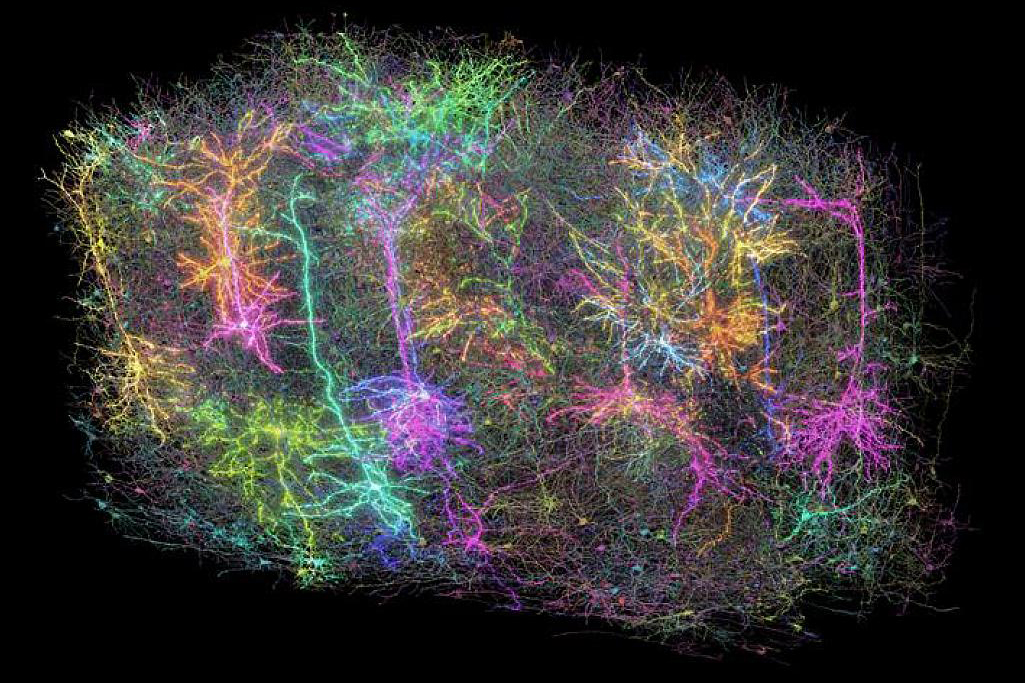New Evidence Suggests Potential Signs of Life on Exoplanet K2-18b

A groundbreaking discovery has emerged from a team of astronomers who believe they have identified possible chemical indicators of life on an exoplanet located well beyond our solar system. This intriguing research, spearheaded by scientists at the University of Cambridge, presents compelling evidence that certain compounds found in the atmosphere of K2-18b may only be produced by living organisms on Earth. While the findings are promising, experts caution that further investigation is necessary to validate these claims.
The core of this research lies in the detection of two specific compoundsdimethyl sulfide and dimethyl disulfidein the atmosphere of K2-18b. These chemicals, prevalent in Earth's biosphere, are primarily produced by microbial life forms such as marine phytoplankton. According to Nikku Madhusudhan, an astrophysicist at Cambridge, this research represents the most substantial potential evidence yet of biological activity occurring outside our solar system. It is the strongest sign to date of any possibility of biological activity outside the solar system, Madhusudhan expressed during a livestream presentation on Thursday.
To arrive at these findings, the researchers analyzed data obtained from the James Webb Space Telescope, which has been heralded as the largest and most advanced observatory ever deployed in space. K2-18b is located approximately 124 light-years away from Earth a staggering distance that translates to nearly 6 trillion miles. Despite being more than twice the size of Earth and over eight times its mass, K2-18b resides in the habitable zone of its star, which raises the possibility of conditions suitable for life.
However, the scientific community remains cautiously optimistic. Madhusudhan emphasized the necessity for additional research to eliminate any potential errors and to explore other non-biological processes that might also account for the presence of these compounds. David Clements, an astrophysicist from Imperial College London, echoed these sentiments, noting the complexities involved in studying the atmospheres of distant planets: This is really interesting stuff and, while it does not yet represent a clear detection of dimethyl sulfide and dimethyl disulfide, it is a step in the right direction.
The search for extraterrestrial life has intensified in recent years, with over 5,500 exoplanets confirmed to be orbiting other stars, and thousands more candidates awaiting verification. This research marks a significant milestone in our quest to unravel the mysteries of the universe and to understand whether we are alone in the cosmos. The study has been published in the esteemed journal, Astrophysical Journal Letters.
As we continue to explore the vastness of space, discoveries like those related to K2-18b will undoubtedly fuel the conversation about the potential for life beyond Earth, impacting scientific, philosophical, and cultural dialogues for years to come.

















